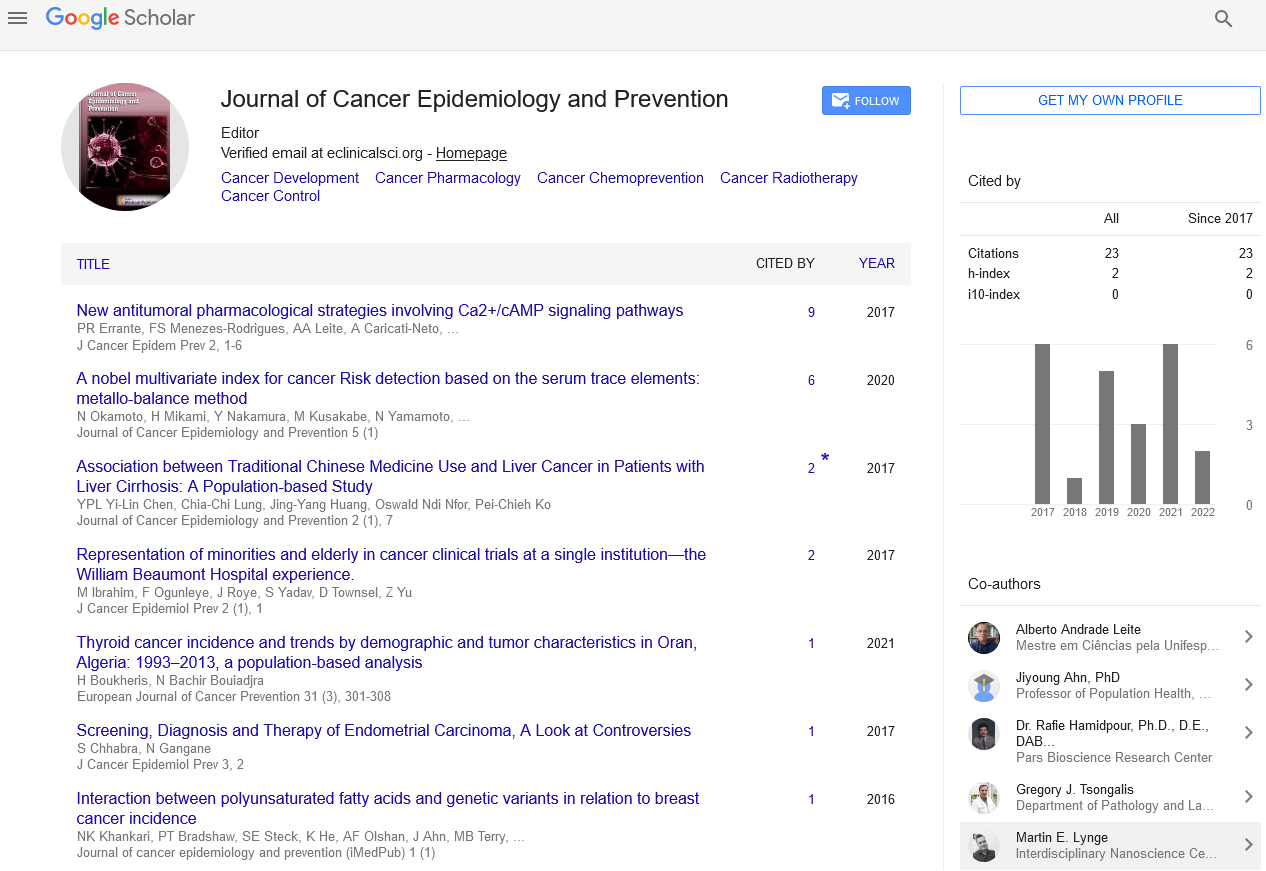Introduction: Fast food chains are a global phenomenon, and they have been associated with less successful weight loss maintenance, undesirable weight gain, a higher Body Mass Index (BMI). Some have defined fast food as pre packed meals or ready to eat convenience food, and others have described fast food as food purchased from a major franchised chain. Higher rates of fast food consumption have been connected with increasing rates of obesity.
Materials and methods: Colorectal Cancer (CRC) patients treated at Royal Hospital were identified from Royal Hospital medical records and from Oman’s cancer registry between 2000 and 2013.
Results: The total number of patients diagnosed with CRC was 492, and the BMI information of 351 patients was available. In Oman, most fast food restaurants are situated in the Muscat region (40 restaurants) followed by Sohar (seven restaurants), Salalah (four restaurants), and Nizwa (two restaurants). The obesity, BMI, and CRC malignancy rates were higher in the areas with fast food chains (with the exception of Sohar). The CRC age standardized rate was lower in the areas with no fast food outlets, and the incidence of obesity and CRC were also lower. In our study, the proportion of those who were overweight or obese was 65.2% in Muscat, 81.5% in Salalah, 62.5% in Sohar, and 50% in Buraimi. In other regions with no available fast food outlets, the rate of obesity ranged from 33.3% to 47.4%.
Conclusion: There was a strong association between obesity, fast food chain availability and CRC. High fish intake might have a protective effect on the development of CRC. Although Sohar had a high obesity rate and a good number of fast food chains, the region had a low CRC incidence possibly attributable to high fish intake.

